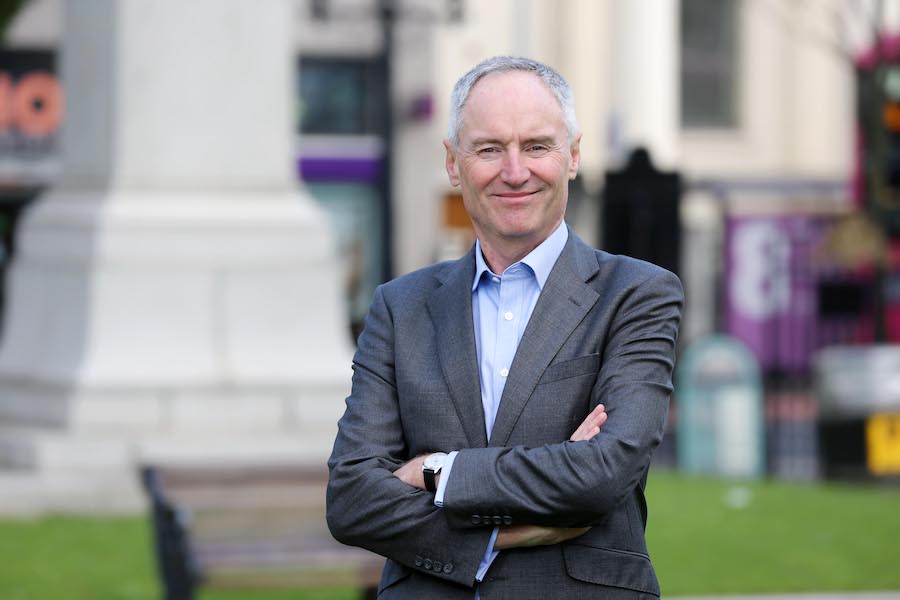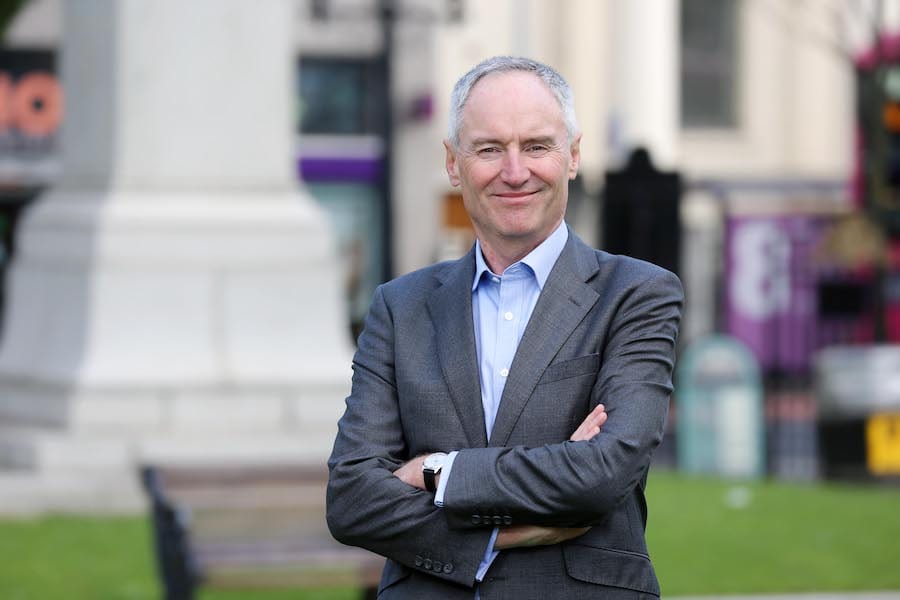
Forecasting like the weather is fraught with difficulty, but at least the Met Office has decades of data, advanced modeling technology all combined with huge experience. Forecasting the future of work, how people will work, and what the workplace will look like – in the context of a global pandemic – is completely unprecedented. A bit like trying to foresee a hurricane making landfall at Hastings.
Certainly, offices will not die nor disappear, but the experience of the past few months has seen a huge behavioral change, particularly during the hard lockdown. The proven viability of working remotely at scale means the way we work and the way we use offices needs to adapt. But, before jumping into solutions-mode, we should recognize technology-driven change was already in train. Over the last decade, it has resulted in a massive shift from fixed to fluid. Covid-19 has added fuel to the fire. It is the single greatest change accelerator in the world of work, and the domain of real estate, for more than 100 years.
To help readers of Undercover Recruiter gain some fresh perspectives; I suggest that the following thoughts may help re-shape your views on work, the workforce, and the workplace. They are all premised on my core belief that whatever emerges post-COVID-19 it will be much more people-centric than ever before.
1. There may not be ‘a new normal’.
A reservoir of printer’s ink has been expended on the discourse of returning to work and getting back to a new normal. I wonder are we looking at this through blinkers? The winds of massive change in terms of how we work were already starting to gust before the pandemic. Working away from the office has severely dented the Principle of Presenteeism, the last bastion of traditional management; which strengthens these winds to gale force. I believe we are facing a new reality which calls for a lot of fresh thinking about how we do things.
2. Are we seeing only part of the picture in the current debate about the merits of office versus home/remote working?
In recent months the bi-polar debate of working from home versus a return to the office has attracted a host of media commentary. Yet I suggest that this debate is only part of the picture. The pandemic enforced experiment of working beyond the confines of the traditional office demonstrates that we now have a real choice about where and when we work. It has also raised many other questions.
3. Can we move away from our fixation on the physical aspect of work and see the wood for the trees.
Whilst there is much to commend the office in terms of collaboration, creativity, and the social aspects of how we work, we do need to revisit its overall purpose. The key question in my mind is the fixed nature of the pre-pandemic system – everything revolved around a fixed physical place with four walls. What about the potential of multiple workplace dimensions rather than the traditional either/or choice – the office or work from home? Can we think about alternative ways of how we carry out office-type work today?
4. Now is the time to shift to outcomes-focused work.
Surely, we can all recognize the benefits to be derived from alternative working practices which, in themselves, can produce meaningful outcomes and measurable impact – irrespective of the physical space where people are working.
5. Do we need to join the dots?
The propensity for silo thinking and ‘protecting our own turf’ prevails in lots of organizations. Has the time arrived to break down these barriers? In the interest of coming up with a more sustainable and sensible view of the convergence of work, the workforce, and the workplace.
6. Necessity is the mother of all invention.
We have all been forced to change in 2020, and I wonder could we discover new or different ways of doing things? The nature of work and how we use both spaces and places have been fundamentally affected by the crisis and a return to the old world is unlikely. By using this time to think and reflect, could we invent some fresh thinking about workplaces, work, and the workforce?
Our world is changing, work is changing; therefore, the built environment needs to adjust. Now is the time to re-set, re-assess and re-imagine. But it will be much wider than just buildings as I said at the start, it will all be about the talent and their new-found choice. I think we are seeing not an era of change, but the change of an era.
Where is My Office?: Reimagining the Workplace for the 21st Century by Chris Kane, in collaboration with Eugenia Anastassiou, is published by Bloomsbury Business on 15 October 2020. Available at Bloomsbury.com and at all good bookshops.



